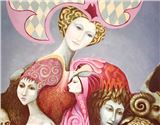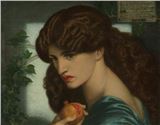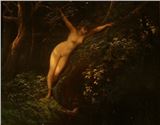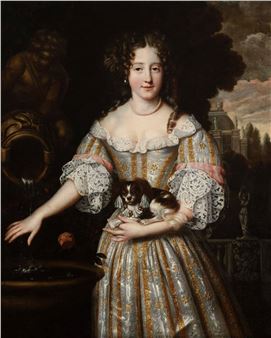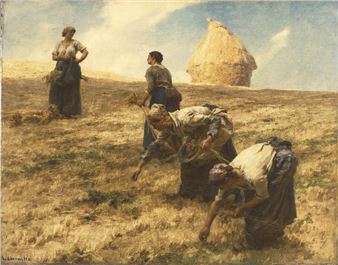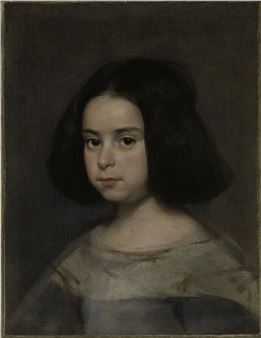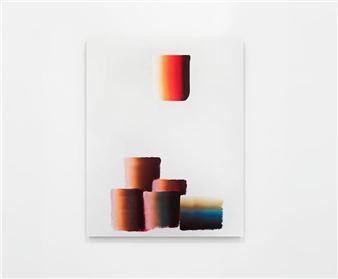Delacroix and the Arts: A Mysterious Bridge
Be it theatre, music or literature, EugГЁne Delacroix was fascinated by all forms of art and used it as a source of inspiration, drawing upon his memory and his imagination to divert from a work of faithful illustration and produce original compositions.
In a new themed presentation of its collection, the MusГ©e National EugГЁne-Delacroix invites visitors to cross the вҖҳmysterious bridgeвҖҷ that Delacroix sought to create between his art and the beholderвҖҷs gaze.
Delacroix took as much interest in the artworks of his contemporaries as in the major achievements of the past. He went to the theatre and to the opera. When he was not immersed in a book, he could be found at the Parisian salons or in Nohant, at the home of George Sand, where he enjoyed listening to the music of Chopin. At work in his studio, he drew inspiration from Ovid, Shakespeare and Lord Byron. Delacroix also loved to stage his paintings like a scene in a play: lighting from below, red curtains, expressive gestures and poses... and we serve as the audience. An 1822 entry in his journal reads: A writer has to say almost everything in order to make himself understood, but in painting it is as if some mysterious bridge were set up between the spirit of the persons in the picture and the beholder.
The MusГ©e Delacroix invites visitors to explore the galleries and discover the Romantic painterвҖҷs oeuvre through a selection of artworks from its collection, gaining insight into the sources of the creative process of one of the 19th centuryвҖҷs greatest artists. The works in the painterвҖҷs former apartment highlight the way in which Delacroix drew inspiration from theatre and music, while his portraits shed light on the place of the beholder in front of the painting. The link between literature and painting is brought to the fore in the painterвҖҷs studio.

Recommended for you
Be it theatre, music or literature, EugГЁne Delacroix was fascinated by all forms of art and used it as a source of inspiration, drawing upon his memory and his imagination to divert from a work of faithful illustration and produce original compositions.
In a new themed presentation of its collection, the MusГ©e National EugГЁne-Delacroix invites visitors to cross the вҖҳmysterious bridgeвҖҷ that Delacroix sought to create between his art and the beholderвҖҷs gaze.
Delacroix took as much interest in the artworks of his contemporaries as in the major achievements of the past. He went to the theatre and to the opera. When he was not immersed in a book, he could be found at the Parisian salons or in Nohant, at the home of George Sand, where he enjoyed listening to the music of Chopin. At work in his studio, he drew inspiration from Ovid, Shakespeare and Lord Byron. Delacroix also loved to stage his paintings like a scene in a play: lighting from below, red curtains, expressive gestures and poses... and we serve as the audience. An 1822 entry in his journal reads: A writer has to say almost everything in order to make himself understood, but in painting it is as if some mysterious bridge were set up between the spirit of the persons in the picture and the beholder.
The MusГ©e Delacroix invites visitors to explore the galleries and discover the Romantic painterвҖҷs oeuvre through a selection of artworks from its collection, gaining insight into the sources of the creative process of one of the 19th centuryвҖҷs greatest artists. The works in the painterвҖҷs former apartment highlight the way in which Delacroix drew inspiration from theatre and music, while his portraits shed light on the place of the beholder in front of the painting. The link between literature and painting is brought to the fore in the painterвҖҷs studio.

 ARTISTS
ARTISTS

